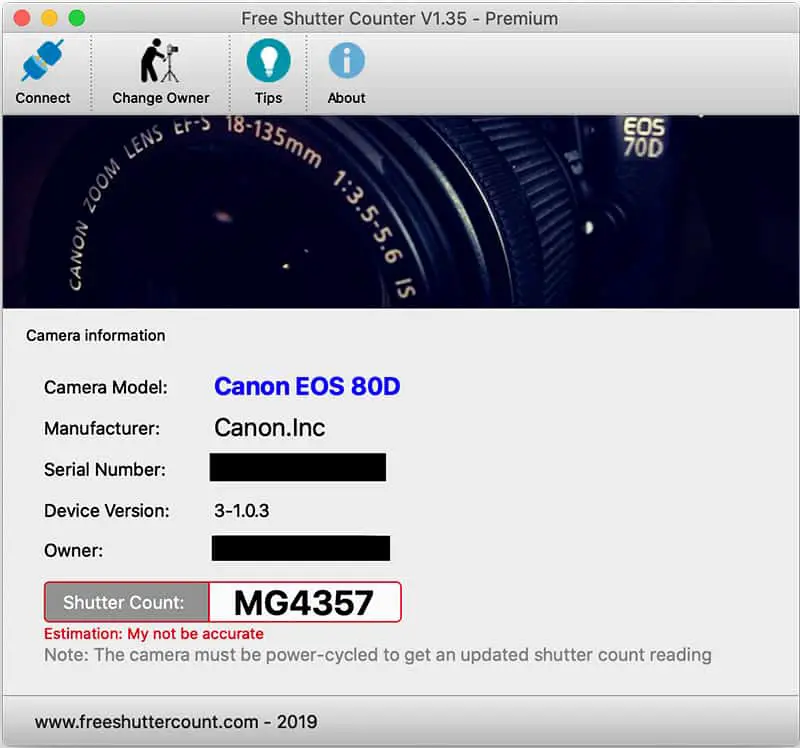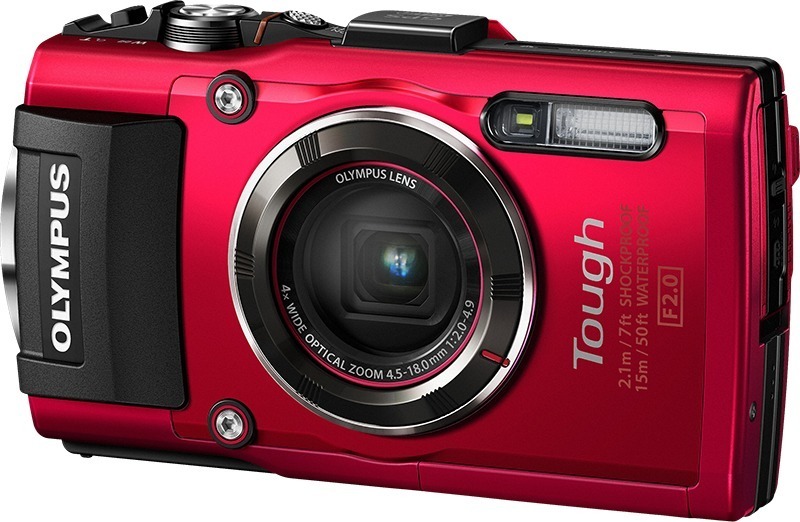

It is almost impossible to recover deep shadows without having some noise and lateral chromatic aberration (LOCA) creeping in. The major drawback is the lack of a decent dynamic range. Most images, apart from the usual Lightroom processing that I often applied to the Leica X2, need a five-point rise in colour temperature as the original imaging is fairly neutral. The camera and lenses lack the Leica micro-contrast and softness, but I can live with it. The GX9 will never beat the Leica in terms of imaging, although some YouTube influencers would have us believe otherwise. I’m now using two of them, the standard profile for colour and the Monochrome D for B&W. However, until I invest in a new computer, it has given me the opportunity to try Panasonic’s various JPEG profiles. The only drawbacks are the lack of weather sealing and my ageing computer a Adobe Lightroom, which cannot support the camera’s RAW files. I am not concerned with the video menu, as I’ll probably never use it. The camera houses a 20MP sensor (something alien to me so far, but it’s the common resolution for MFT), five-axis in-body stabilisation and a four-page but well-organised menu. As far as I am aware, the tilting viewfinder is unique as a built-in unit and offers the versatility usually seen only on accessory viewfinders such as the Leica Visoflex.

The body is approximately the same size as the X2 with the handgrip, but unlike the X2, it has a viewfinder and a nice screen (both are tilting).

Thus, after a great deal of pondering, I went for the Panasonic Lumix GX9. But I found the PEN’s imaging too clinical for my taste. Lately, he has also started using the Olympus MFT system and suggested I went for the Olympus PEN-F (knowing my attraction for small cameras). My local camera dealer and friend advised me against buying another Leica (a CL with the 18mm lens), although he’s a Leica dealer and owns a nice collection of M cameras. But the MFT sensor is smaller than the APS-C sensor of the Leica (Images Panasonic press office)Īs a matter of fact, I was reluctant to downsize to an MFT sensor. Above: The LUMIX GX9 is similar in size to the Leica X2 and offers a choice of lenses.


 0 kommentar(er)
0 kommentar(er)
